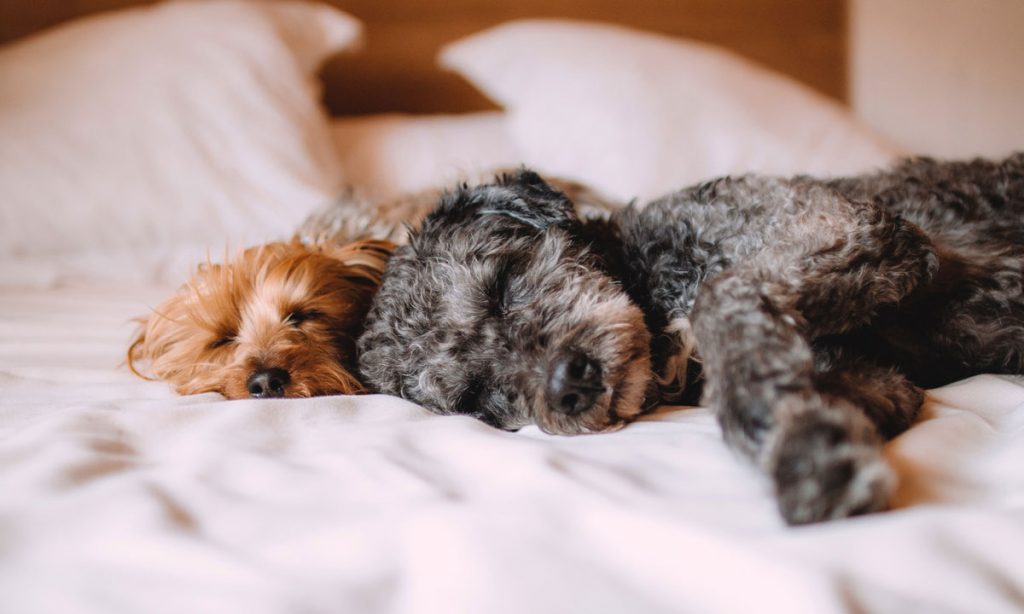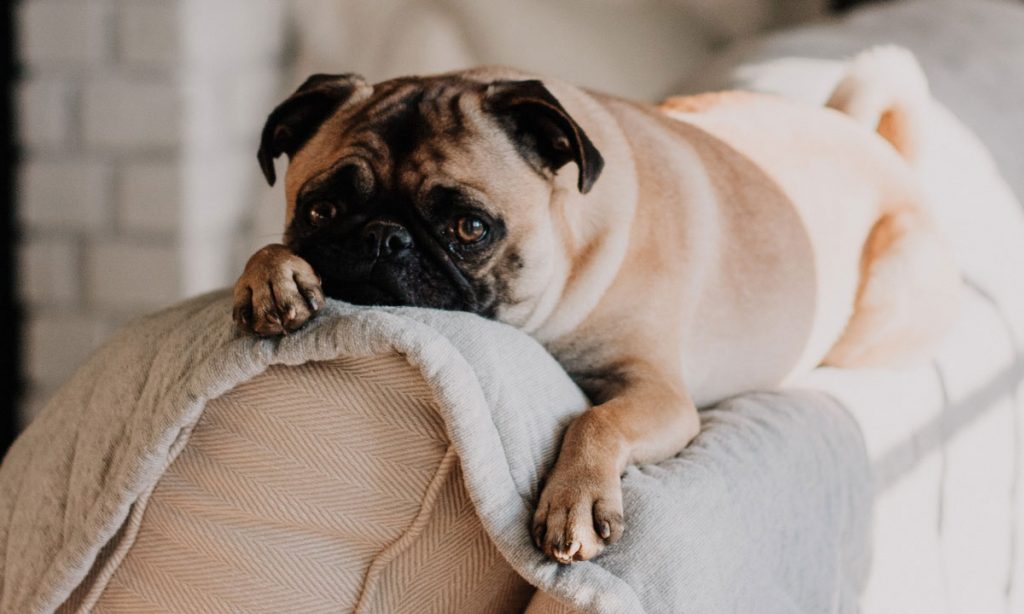After spending so much time with our dogs indoors, some degree of separation anxiety is expected. Here’s how you can curb your pet’s behavior.
One subset of beings that have thrived during the pandemic is dogs. If we’re being honest, they’re the only group of living creatures that have experienced wealth and attention during the past couple of months, aside from like, millionaires. But all good things must come to an end, mercifully, in this case. At some point soon we’ll all have to rejoin society and leave our dogs at home, where they’ll be a little sad and disoriented.
Whether you adopted a dog during the pandemic or spent tons of time with your old one, here are some tips that can help your dog cope with this transition period.
Start practicing

RELATED: 4 Ways Having A Pet Increases Your Lifespan
Before you go back to work and leave your dog alone for extended periods of time, start leaving your house for smaller amounts of time, like going for a walk or grabbing the mail. Make sure you start off slow. Ask your roommates or family members to leave the house with you, ensuring that there’s no one at home keeping your pet company. Make these outings more regular, trying to stay out for longer periods of time. This way, your dog gets progressively more exposed to being alone.
Make your dog feel comfortable

Leave your dog in a space that makes them feel comfortable, whether that’s inside their crate or in the living room. No matter how old and well trained your dog is, be sure to remove all delicate or dangerous items from their vicinity. Since you’ve been spending so much time together, it’s normal for your dog to have some form of separation anxiety that can express itself in chewing, barking, or pooping in awkward spaces. Take care of your rugs.
Dog trainer and author Sarah Wilson told the New York Times that leaving your dog someplace with a view might not be the best approach, especially if they like to bark. “When they’re screaming out the window at everyone who’s going by, their brains are flooded with all of this confusing and upsetting brain chemistry, which doesn’t go away on its own instantly,” she said. In brief, leave your dog someplace that feels safe for them, even if it might not be the most pleasant space in your house.
Keep an eye out for strange behaviors

RELATED: 5 Things to Know About Hemp-CBD In Pet Products
Some kind of separation anxiety is expected, so be on the lookout for any kind of behaviors that might reflect that. Try to be more lenient and patient with your pet, correcting their behavior and cuddling them when spending time together. If your pet’s behavior starts to get too uncharacteristic or out of hand, contact your vet and ask for some orientation.


